Simple Info About How To Diagnose Inner Ear Problems

Mris of structures in and around the inner ear can be helpful in diagnosing vestibular disorders in some instances.
How to diagnose inner ear problems. Write down key medical information, especially related to any ear problems. Sensation that the ear is blocked or full. Possible signs of an inner ear infection or inflammation include:
Evoked potential tests measure the time it takes for nerves to. Pain inside the ear that gets worse when you tug on the outer ear. Some doctors will perform a hearing test to establish the extent of hearing loss caused by ménière’s disease.
Inner ear infections are usually diagnosed based on your symptoms and a physical exam. Vertigo, a sensation that you or your surroundings are spinning or moving around even when everything. This instrument enables the doctor to look in the ear.
They'll also test your balance, which can show how. The tiny organs that control our sense of balance are located in the inner ear. When diagnosing vestibular disorders, our audiologists may perform a videonystagmography (vng), electrocochleography (ecog).
When air is pushed against the eardrum, the way the eardrum reacts can help diagnose the problem. Diagnosing inner ear balance (vestibular) disorders. If the eardrum moves easily, you may not have a middle ear infection, or.
If you have an infection that is causing inflammation and irritation in this area, then it can often affect the. A feeling of fullness in the ear. An instrument called a pneumatic otoscope is often the only specialized tool a doctor needs to diagnose an ear infection.
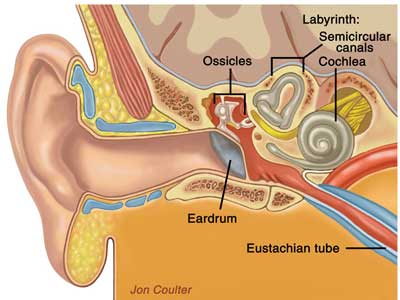
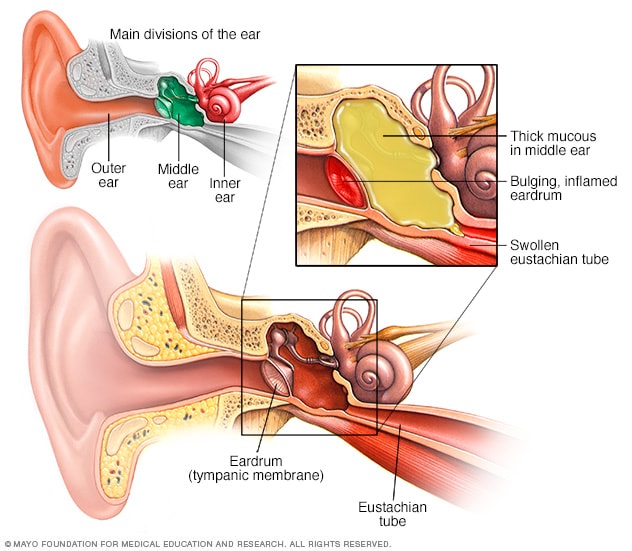
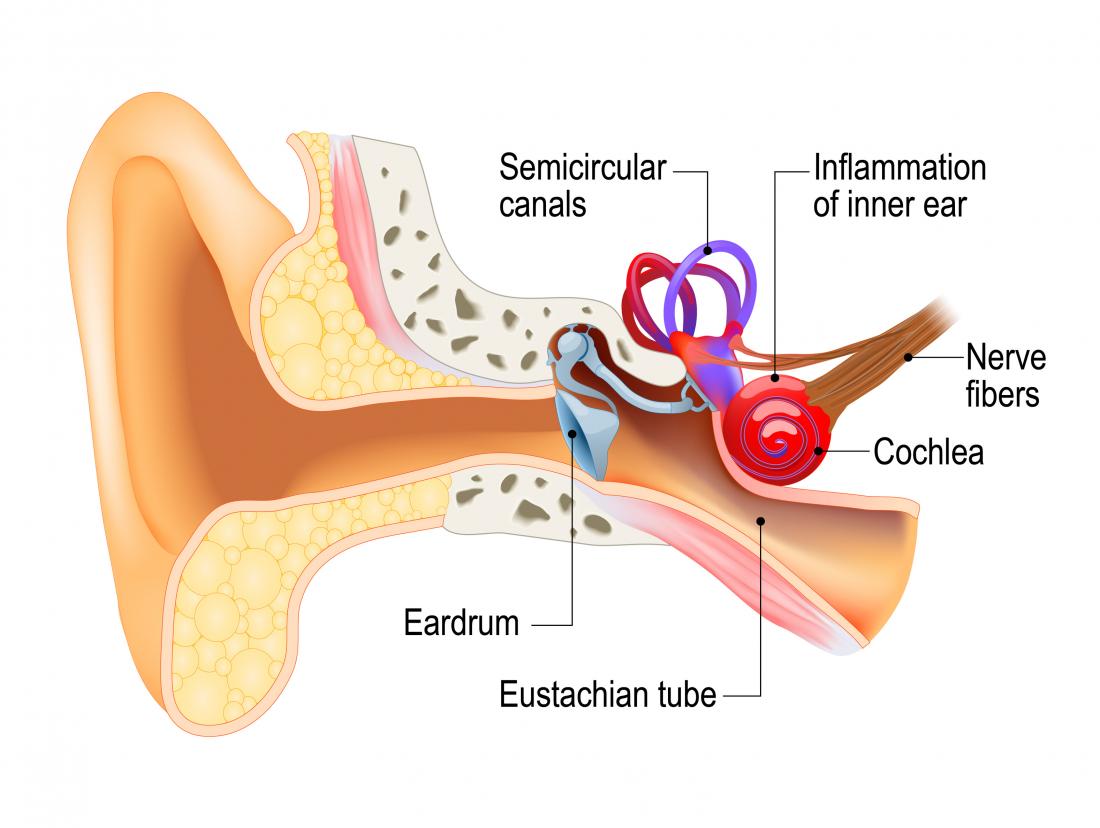
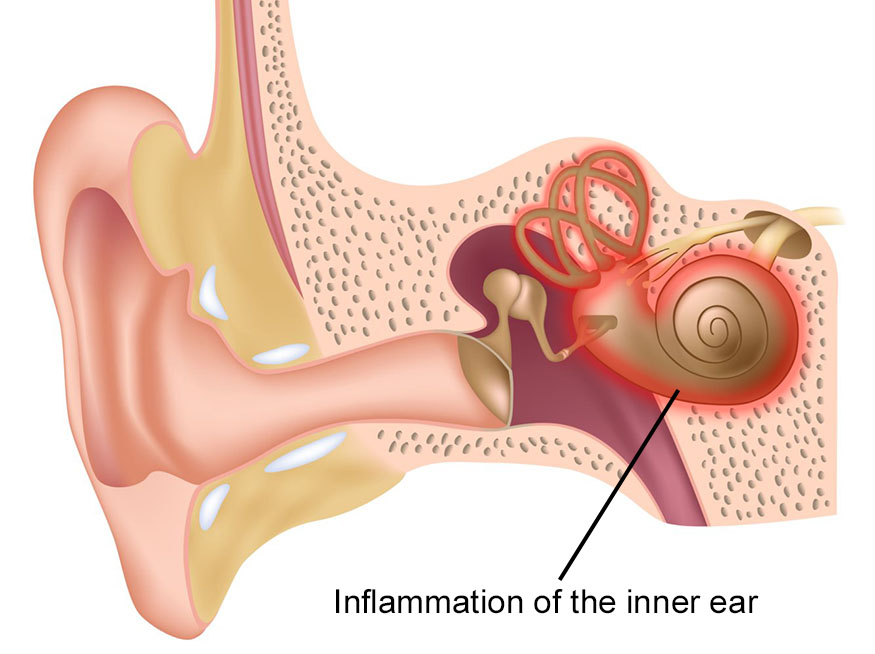
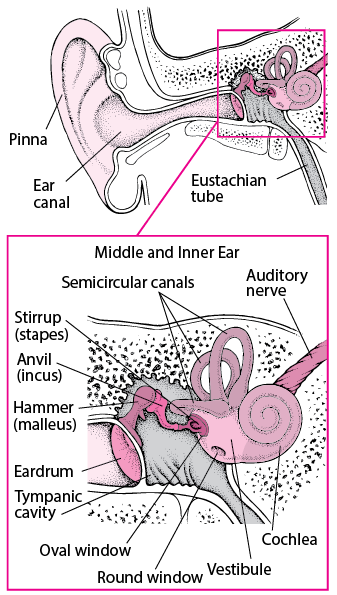
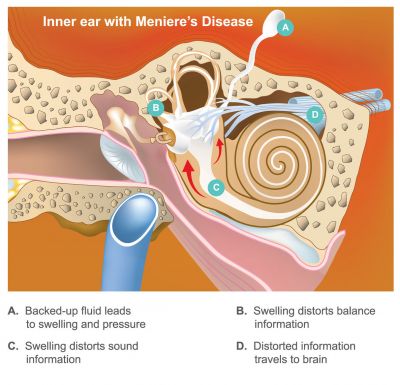
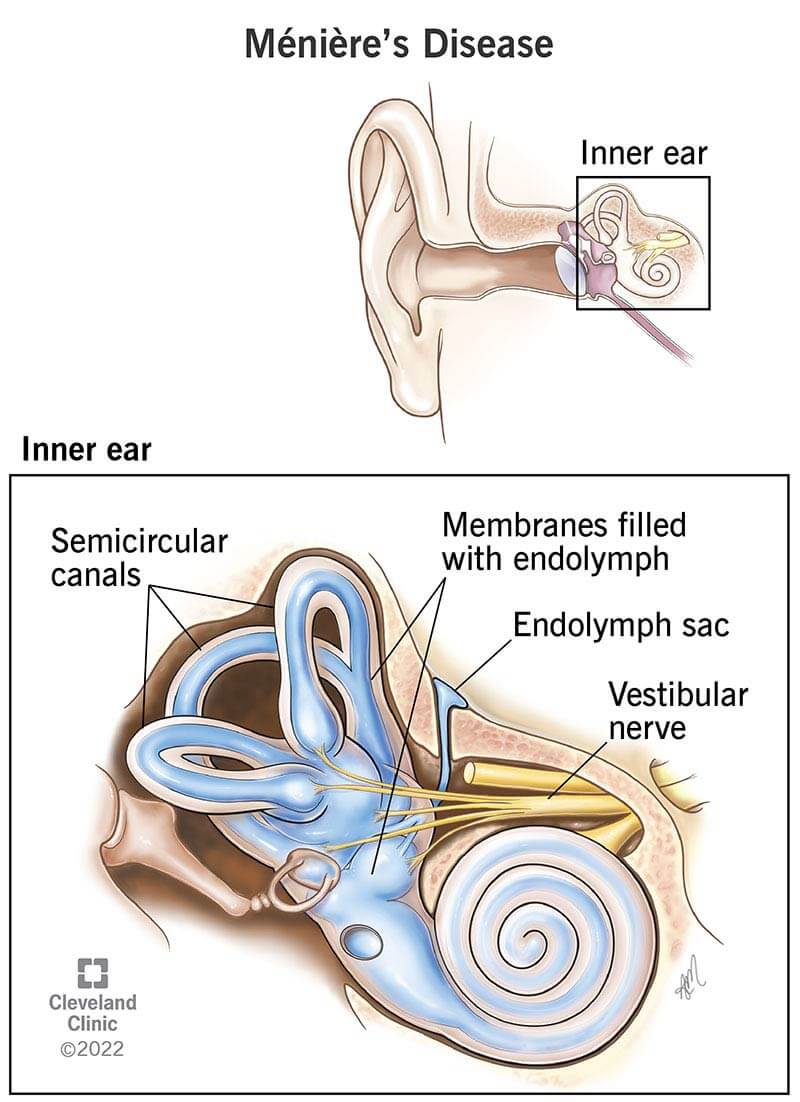


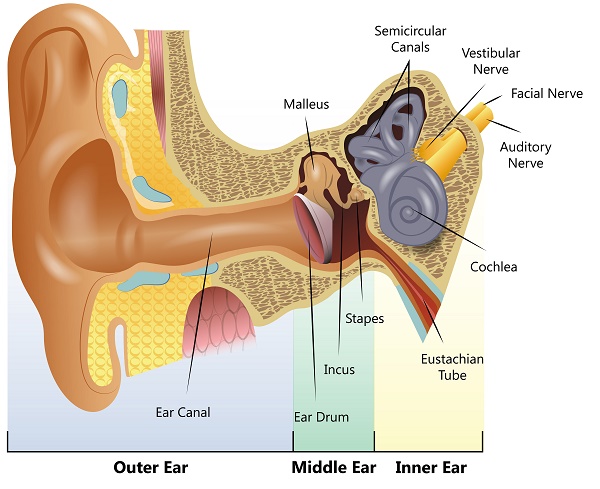
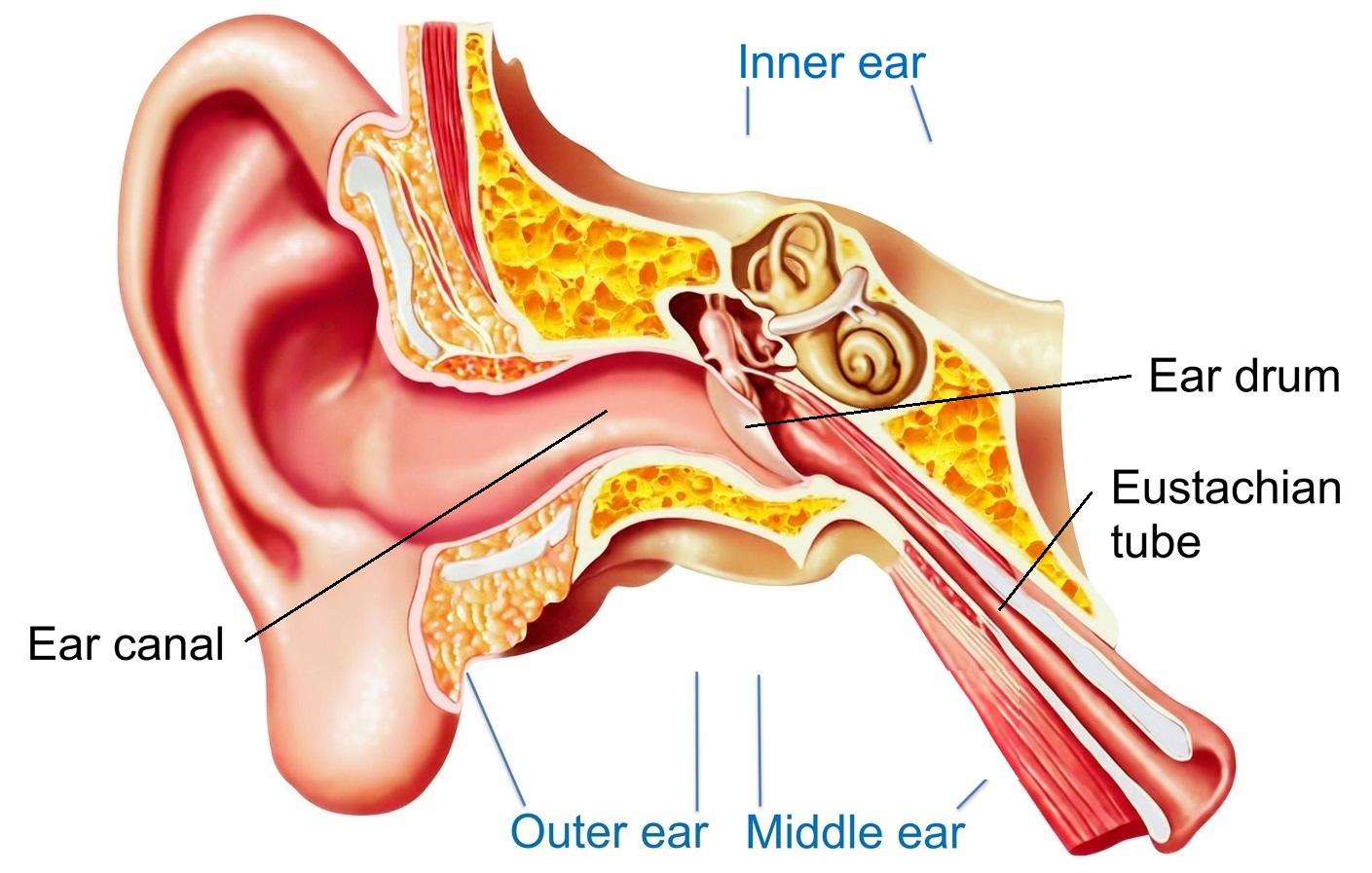
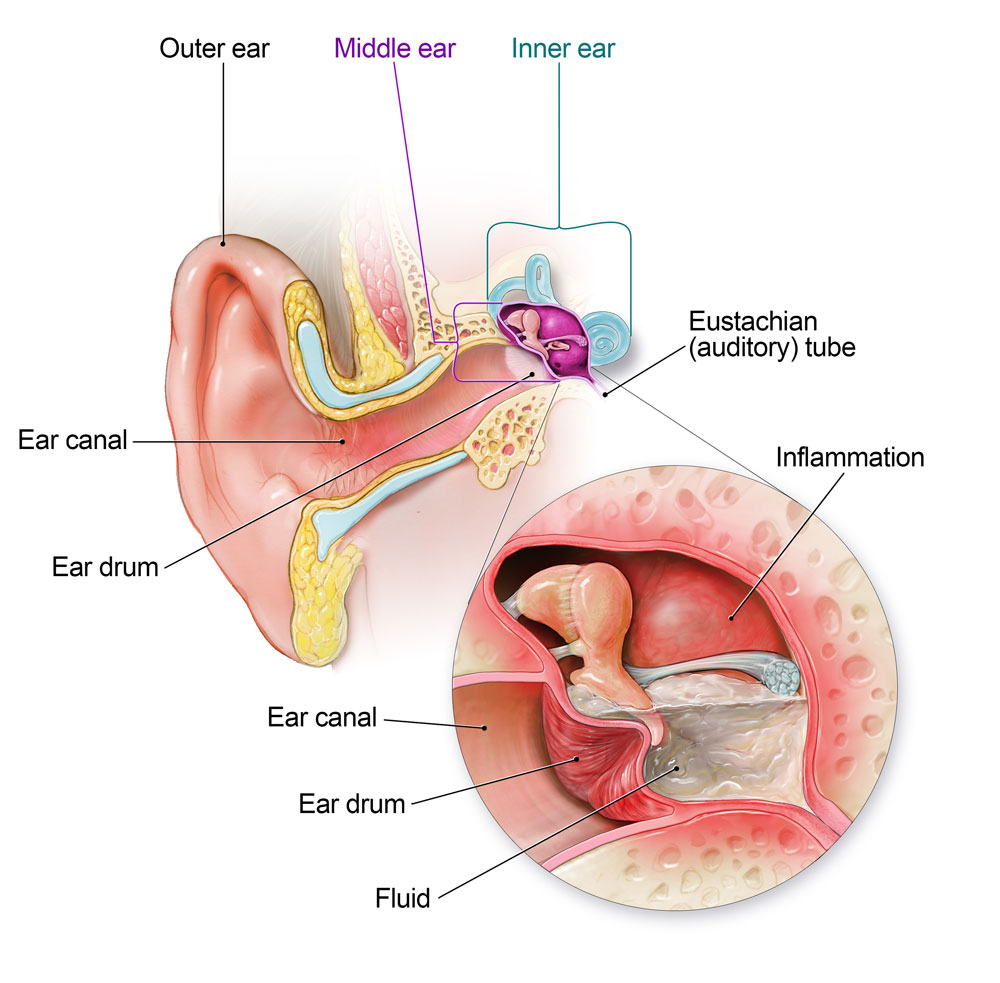

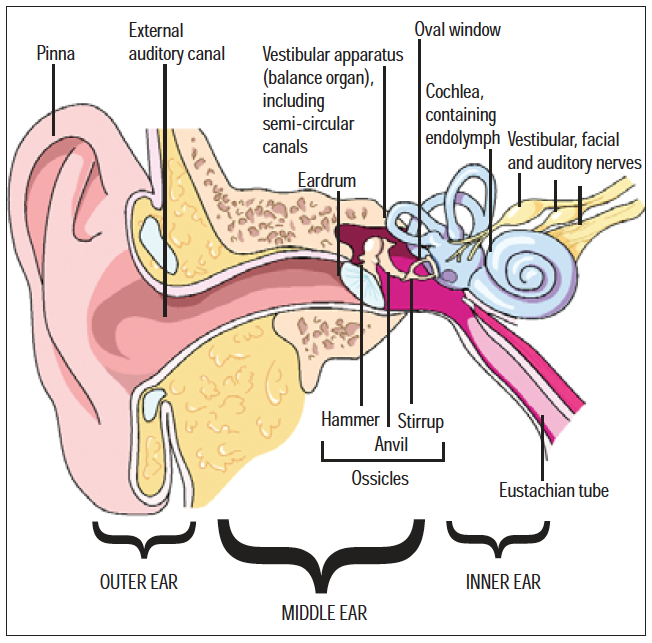
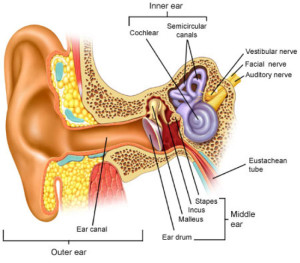
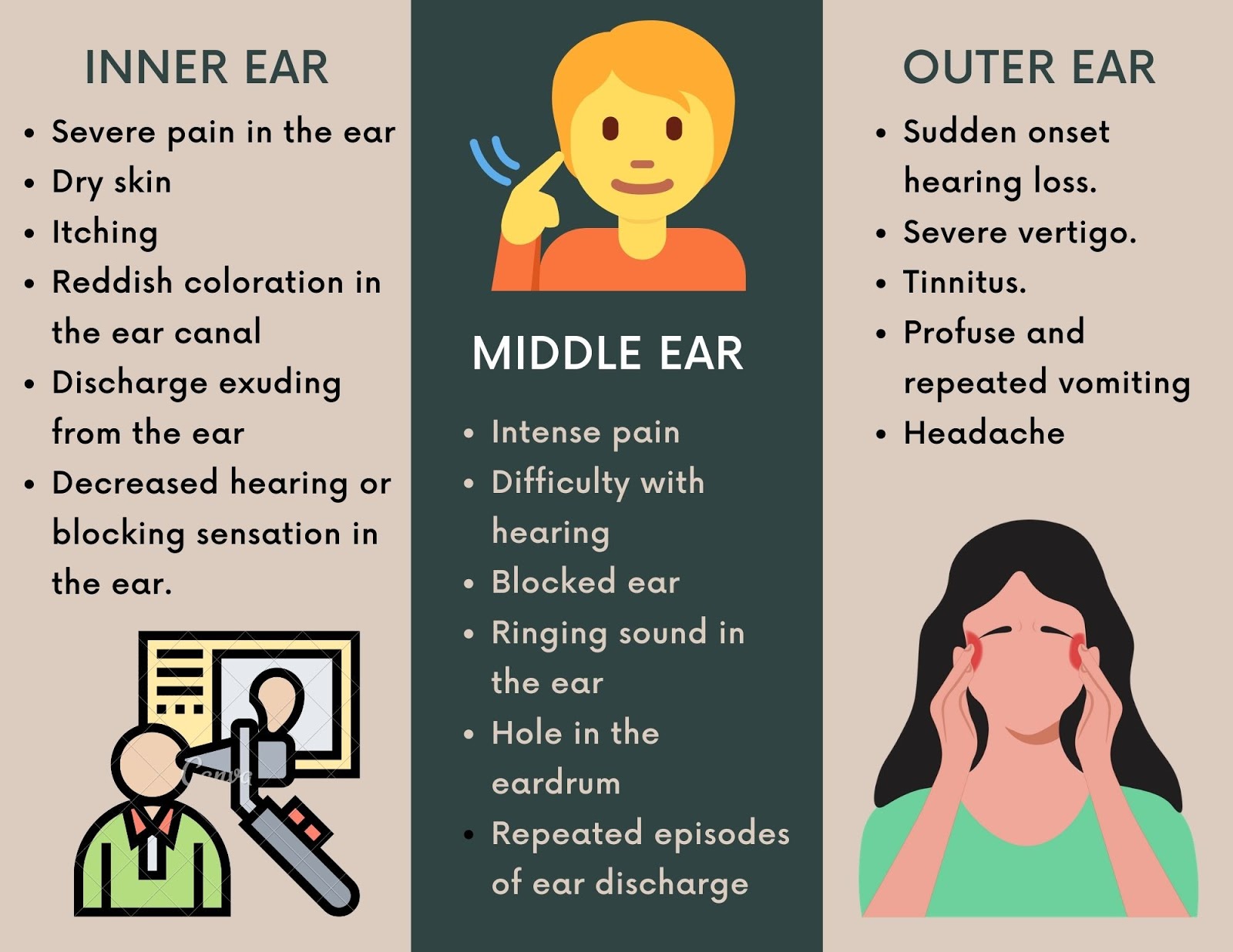

.png)
:max_bytes(150000):strip_icc()/causes-of-vertigo-1298945-color-V13-614e9f9446fe4596bd4180958509cc61.png)